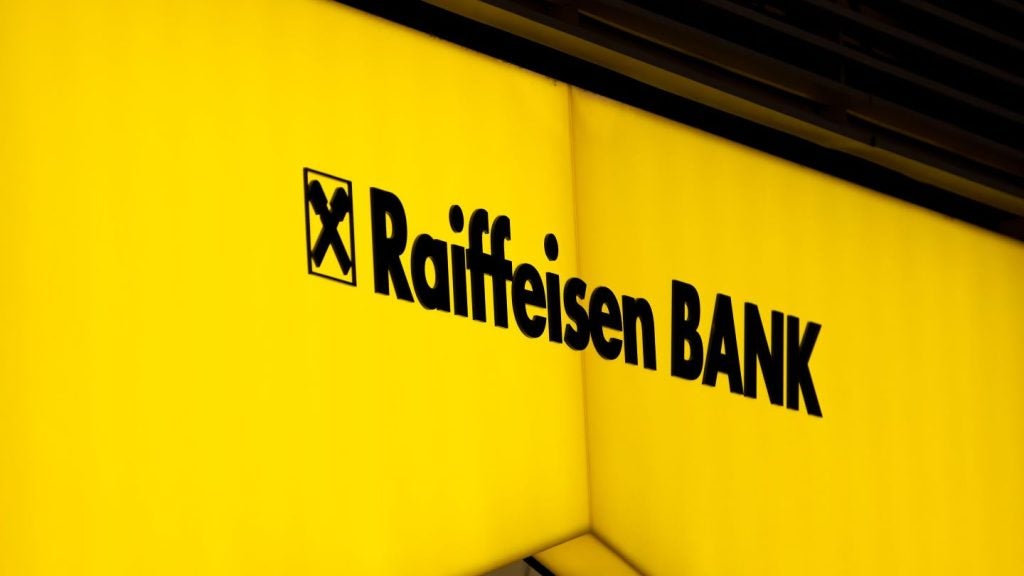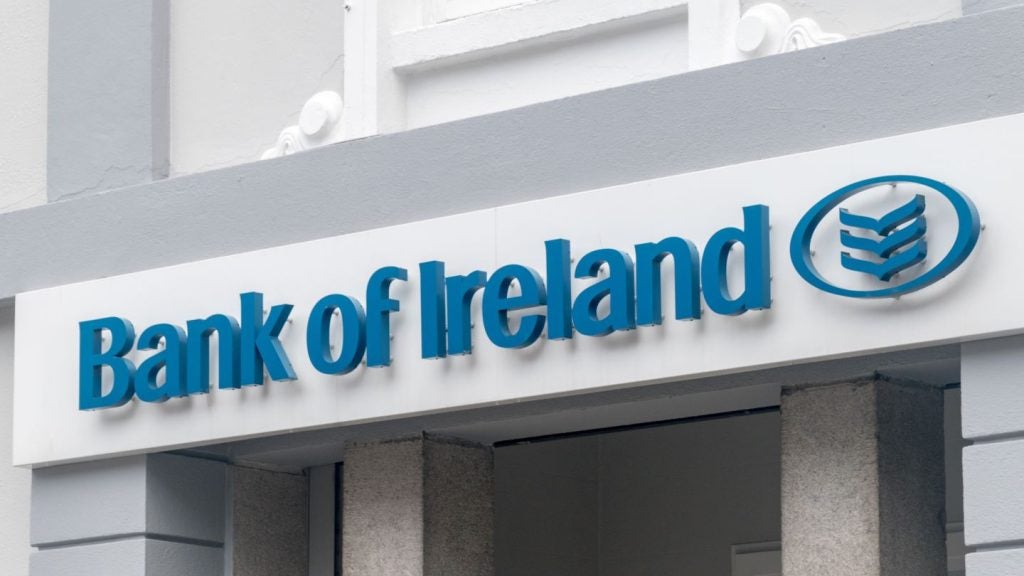More funding, more collateral, more
accounting – Leasing Life research reveals extent of
parent banks’ switch of allegiance to factoring and
leasing.
Parent banks are increasingly
turning to secured asset-based lending rather than straight loans
for their customers, Leasing Life research can reveal.
This is resulting in more business for
bank-owned leasing companies which, in turn, are building up their
portfolios with factoring and invoice discounting (ID)
products.
Some banks are widening their customer
exposure through leasing and factoring products, due to the
inherent security behind asset-based products, rather than offering
loans to customers.
Under one roof
How well do you really know your competitors?
Access the most comprehensive Company Profiles on the market, powered by GlobalData. Save hours of research. Gain competitive edge.

Thank you!
Your download email will arrive shortly
Not ready to buy yet? Download a free sample
We are confident about the unique quality of our Company Profiles. However, we want you to make the most beneficial decision for your business, so we offer a free sample that you can download by submitting the below form
By GlobalDataCompanies such as GE Capital, CA
Leasing and Lloyds TSB Commercial Finance have already taken steps
towards bringing their factoring and leasing arms under one roof –
and more are expected to do so this year.
“Factoring is a much cleaner product,” said
Godfrey Smith, the former CFO for the EMEA region of Bank of
America Vendor Leasing. “You don’t get any problems from bank
covenants or debt-to-equity ratios. If the opportunity is there,
then banks will clearly look at asset-based lending.”
Smith added that at Bank of America, leasing
only formed “around 35 percent to 40 percent” of the vendor finance
business, with the rest made up in the factoring of long-term
receivables and loans.
In one example seen by this magazine, a large
European bank-owned lessor was asked to provide a €25 million
factoring line to subsidiaries of an international energy group, as
it already had an exposure of nearly €200 million with the
bank.
The deal’s application notes made clear that
the transaction fitted with its parent bank’s plans to replace
ordinary loan facilities with asset-backed deals.
The appeal of factoring for leasing companies
is clear: because lessors only buy the debt stream, they do not
have to worry about any obligations.
Also, unless a default arises, they can remain
undisclosed throughout the length of the contract.
“I also wonder to what extent the appeal of
factoring for UK lessors is that you don’t have to worry, as it’s
tax-neutral. With leasing, the government keeps playing with the
rules,” added Smith.
As well as the increased usage of factoring
and ID products, lessors are taking steps to circumvent risk more
effectively when writing business, Leasing Life has
found.
More and more customers are being asked to
provide stronger guarantees for mid-sized and large deals.
Although these requirements had, to a lesser
extent, existed in the past, last year’s recession has escalated
the number of situations where guarantees have become essential in
order for a deal to be approved.
Broadly speaking, there are three main methods
for lessors to remove some of the risk from a deal: guarantees from
directors or parent companies; collateral in the form of other
assets or capital; or subordination clauses in a deal.
Although it certainly was never unusual for a
project finance or real estate leasing contract to include
guarantees or collateral, it has now become, as one large
pan-European lessor put it, a “deal breaker” if lessees do not or
cannot provide these.
“It is an essential condition that for the
seller risk we should have recourse on the parent or a strong group
company,” the lessor said.
‘Riskier’ cross-border
deals
The upside of such guarantees is
that they could allow lessors to continue to write potentially
“riskier” cross-border deals.
These complex deals, which are often
structured by local subsidiaries, usually involve finance being
sourced from the parent.
But for these deals to work effectively,
lessors must also manage the complex accounting issues that are
inevitably raised by cross-border transactions.
These can include, for example, measures such
as withholding tax, where lessors must ‘withhold’ tax on interest
before a cross-border payment back to the parent can be made, and
transfer pricing, which addresses funds moved between subsidiaries
and parents.
Although the accounting headache of working
cross-border often dissuades lessors from doing a deal, these can
often be more lucrative because of their “riskier” nature.
The recent growth in larger guarantees or
collateral helps to dilute this risk, however, making these deals
ever more appealing to lessors.
It only remains to be seen whether this will
now lead to widespread growth in cross-border transactions.







